#5 Mercedes-Benz SLR McLaren (2004 – 2009)
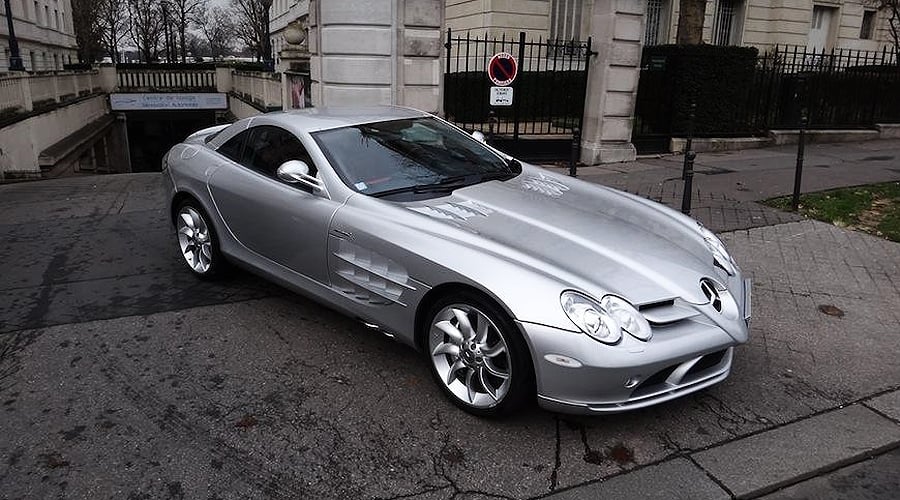
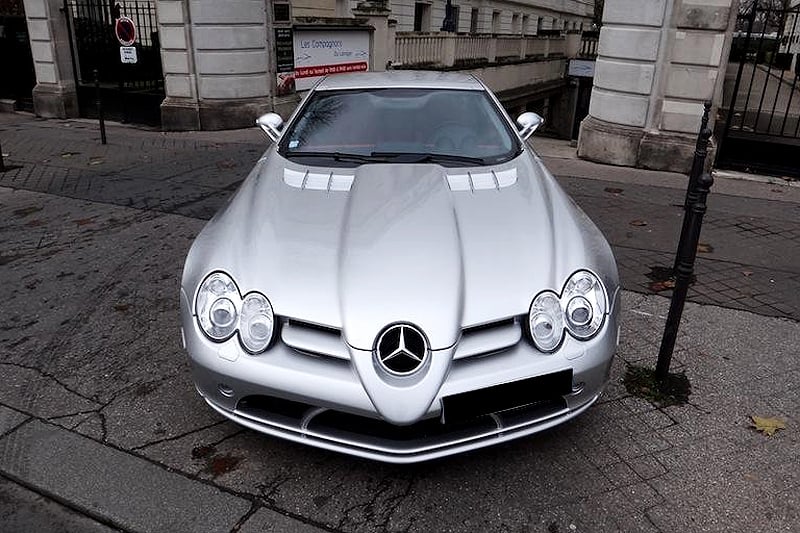
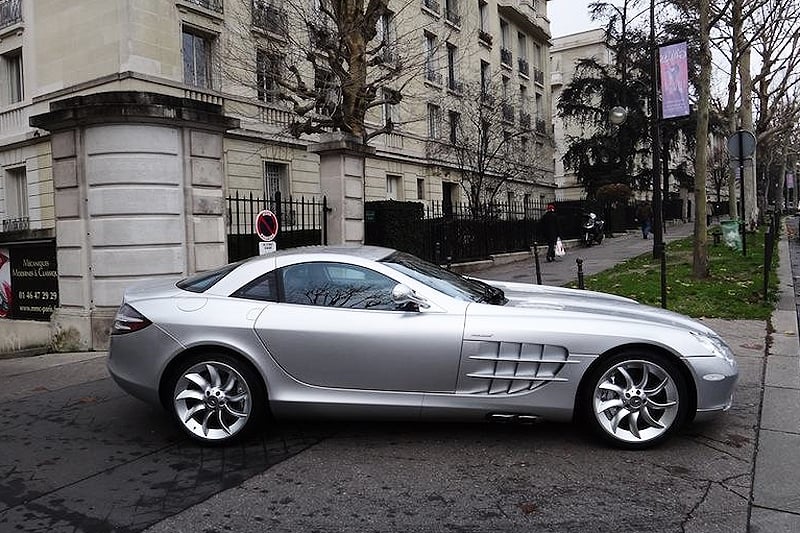
The SLR was a direct result of the partnership between Mercedes-Benz and McLaren, taking inspiration from both the original 300 SLR Uhlenhaut Coupé, and the 2003 McLaren Formula One car.
Although measures were taken to keep the weight down by using then state-of-the-art carbonfibre composites, the SLR was still quite heavy, weighing in at a hefty 1750kg. To counter this, a big 617bhp V8 was used, capable of 0-62mph in 3.8 seconds, and a 207mph top speed.
Many variants have been spun off from the SLR, including the 722, a special edition celebrating Sir Stirling Moss and Denis Jenkinson’s legendary victory in the 1955 Mille Miglia; and the Stirling Moss, a radically redesigned body in the spirit of the original 300 SLR Roadster.
See car in the Classic Driver Marketplace >>
#4 Dodge Viper SRT-10 (2003 – 2010)
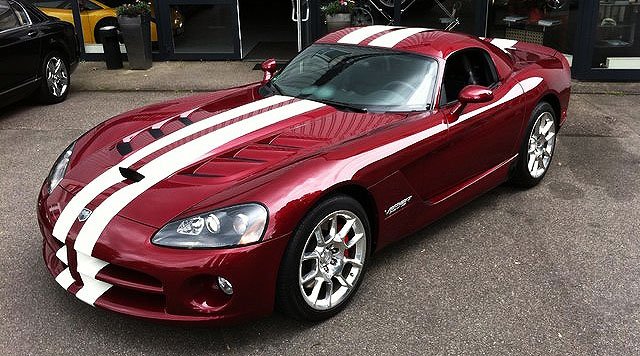
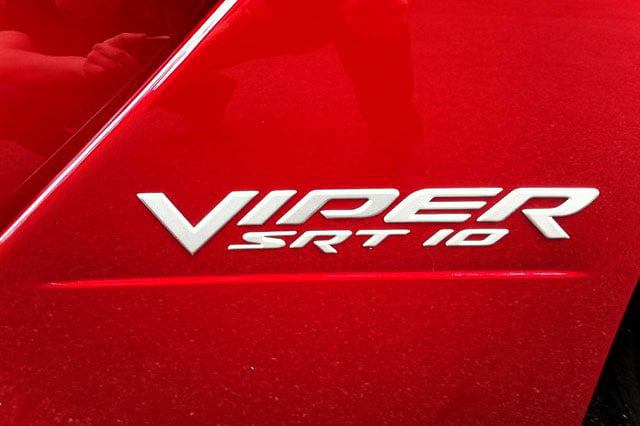
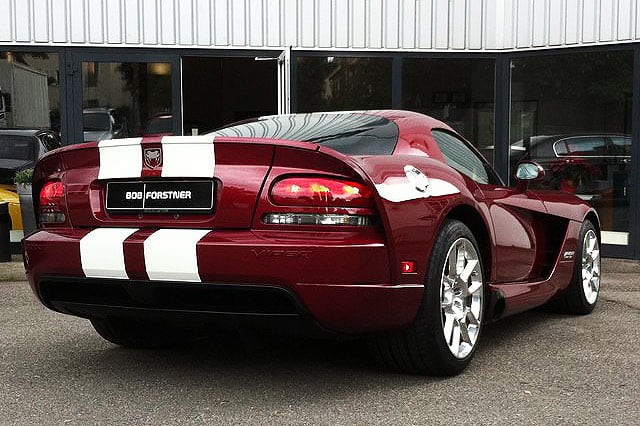
Not since the Shelby Cobra had there been a car which drew a more ambiguous line between muscle car and supercar – and indeed, it was Shelby’s 1960s powerhouse which inspired Chrysler to form a crack team entitled ‘Team Viper’ to begin work on a modern-day equivalent (hence the related name) in the late 80s. Chairman Bob Lutz had continued driving his Cobra to work after switching from Ford to Chrysler; perhaps to show his employees what the company was missing.
Lutz insisted on an engine larger than anything currently on the market, so the design of an 8-litre V10 was borrowed from Dodge’s pick-up division and subsequently cast in aluminium by then-subsidiary Lamborghini. Christened the RT/10 for production, it was purposely devoid of traction control, air-conditioning and cup-holders to evoke the spirit of its inspiration.
From 2003, a major redesign saw the Viper christened SRT-10, with the now-8.3-litre V10 amassing almost 500bhp. A 2008 update saw that figure touch 600bhp – yet it still lacked traction control. Responding to media criticism about the safety of such unregimented power, an engineer replied, “Your driver’s aids are attached to your ankles.” Good man.
See car in the Classic Driver Marketplace >>
#3 Maserati MC12 Corsa (2004 – 2005)

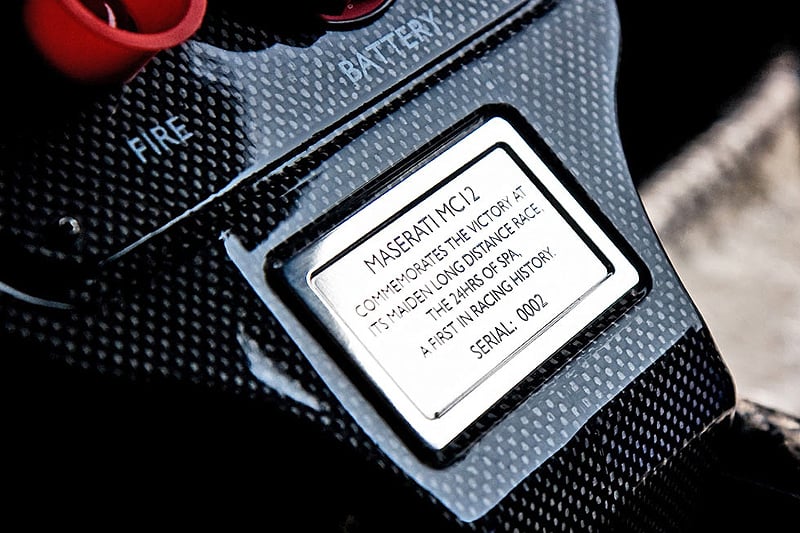
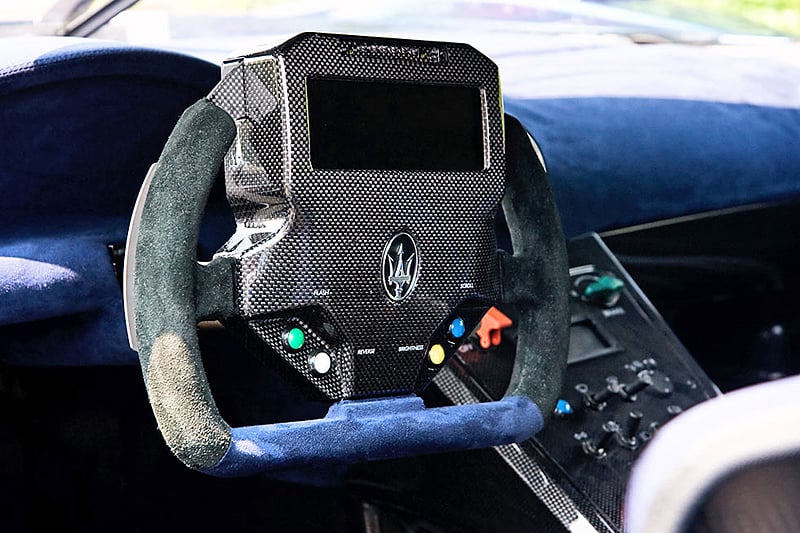
The MC12 Corsa offered Maserati customers the chance to buy a track-day version of the 2005 FIA GT World Championship-winning GT1 car.
Based on the Ferrari Enzo’s underpinnings, the MC12 was homologated to GT1 racing regulations in 2004, and campaigned by privateer teams which enjoyed huge success with it for over five years.
The track-only Corsa is developed directly from the GT1 car, using the same 756bhp V12 engine, outlandish aerodynamic bodykit and steel-rotored brakes.
Only 12 were built at one million euros each (excluding local taxes), and wealthy enthusiasts lucky enough to own one could enjoy their ultimate track-weapons at a growing number of private trackdays.
See car in the Classic Driver Marketplace >>
#2 Porsche Carrera GT (2003 – 2006)
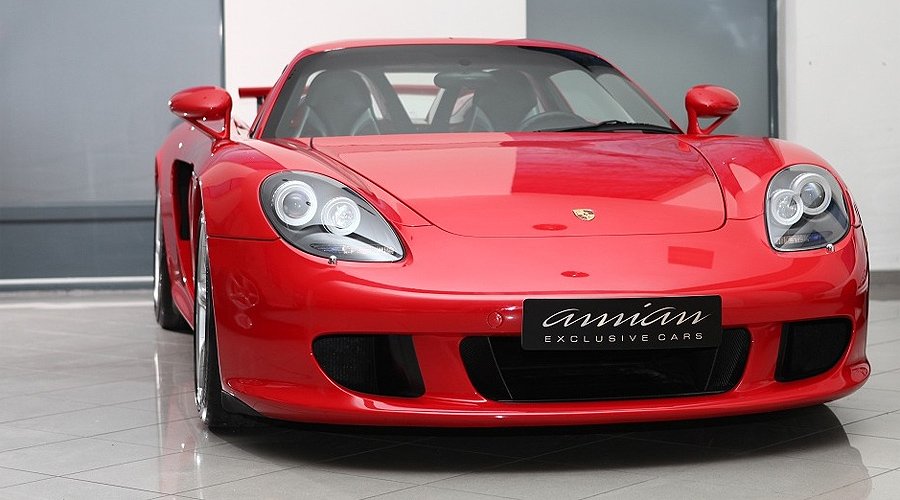
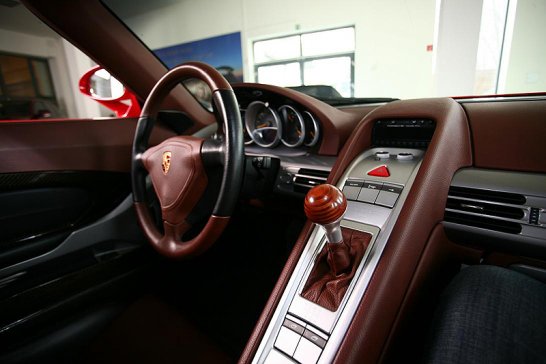
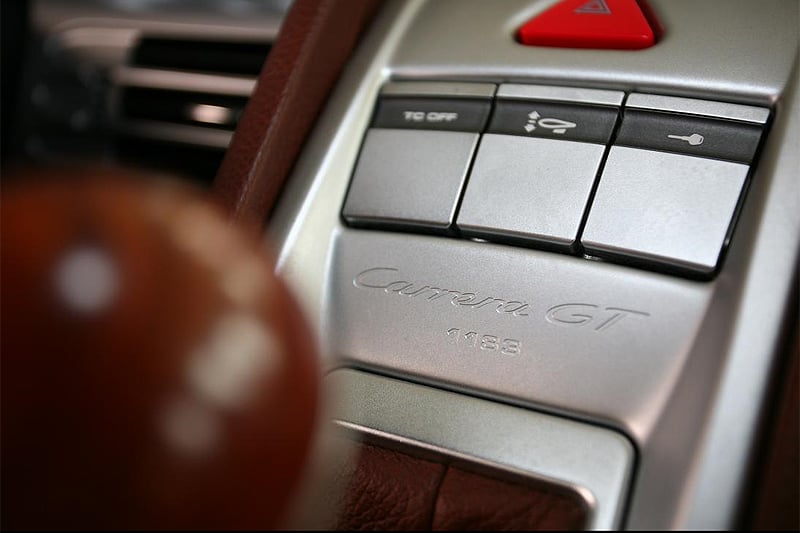
Many of Porsche’s most legendary road cars have a deep-rooted link to motorsport – and the Carrera GT was no exception. As a successor to the homologated GT1 Straßenversion of the 911, the CGT had engineering derived from both past and planned Le Mans Prototypes. The V10 was a development of a secret project for the Footwork F1 team dating back to 1992 – and on hearing the scream of the 5.7-litre unit, you’d guess as much, too.
With an intended production run of 1,500, the pseudo-racer wearing a trenchcoat of road-legal bodywork was always going to be sought-after; the later reduction to 1,270 (supposedly as a result of changing regulations) only magnified its desirability.
Possessing the three main criteria for a future classic – badge prestige, rarity and racing lineage – it’s likely to enjoy further popularity in the coming years. The fact that it could be one of the last generation of ‘non-digital’ supercars only serves to endorse the talented Carrera GT further.
See car in the Classic Driver Marketplace >>
#1 Ferrari Enzo (2002 – 2004)
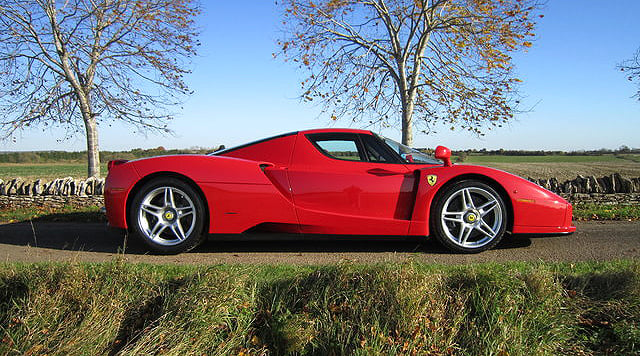
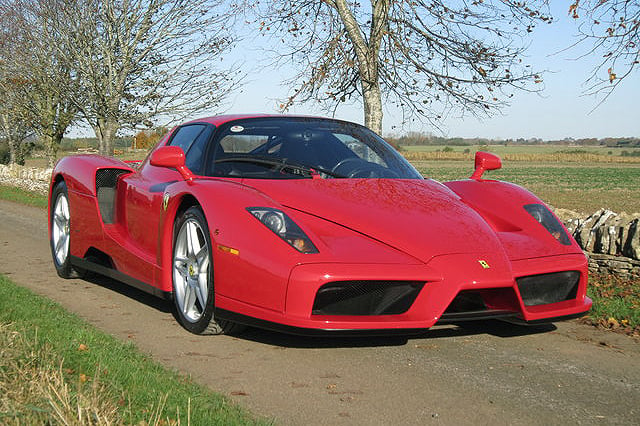
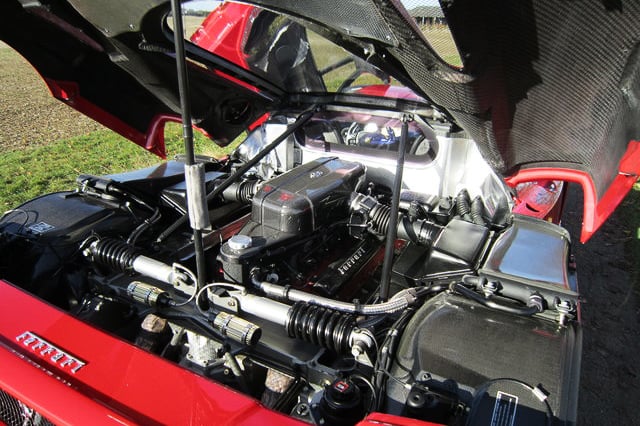
When the Enzo was unveiled in 2002, it had big boots to fill, following in the line of the iconic 288 GTO, F40 and F50 ‘hypercar’ specials.
Named in honour of the company’s founding father, the Enzo – at the time – was the absolute pinnacle of performance motoring.
Ferrari only planned to produce 350 Enzos, but overwhelming demand saw another 50 built. The final car to roll off the production line in Maranello was donated to Pope John Paul II.
Reflecting on the immense success that Ferrari’s Formula One team enjoyed under Schumacher’s reign in the early noughties, the Enzo’s cutting-edge technology (including carbon-ceramic brakes and a ‘paddle’ sequential gearbox) meant it was largely unrivalled when put to work on the track.
See car in the Classic Driver Marketplace >>
Photos: Classic Driver dealers


















